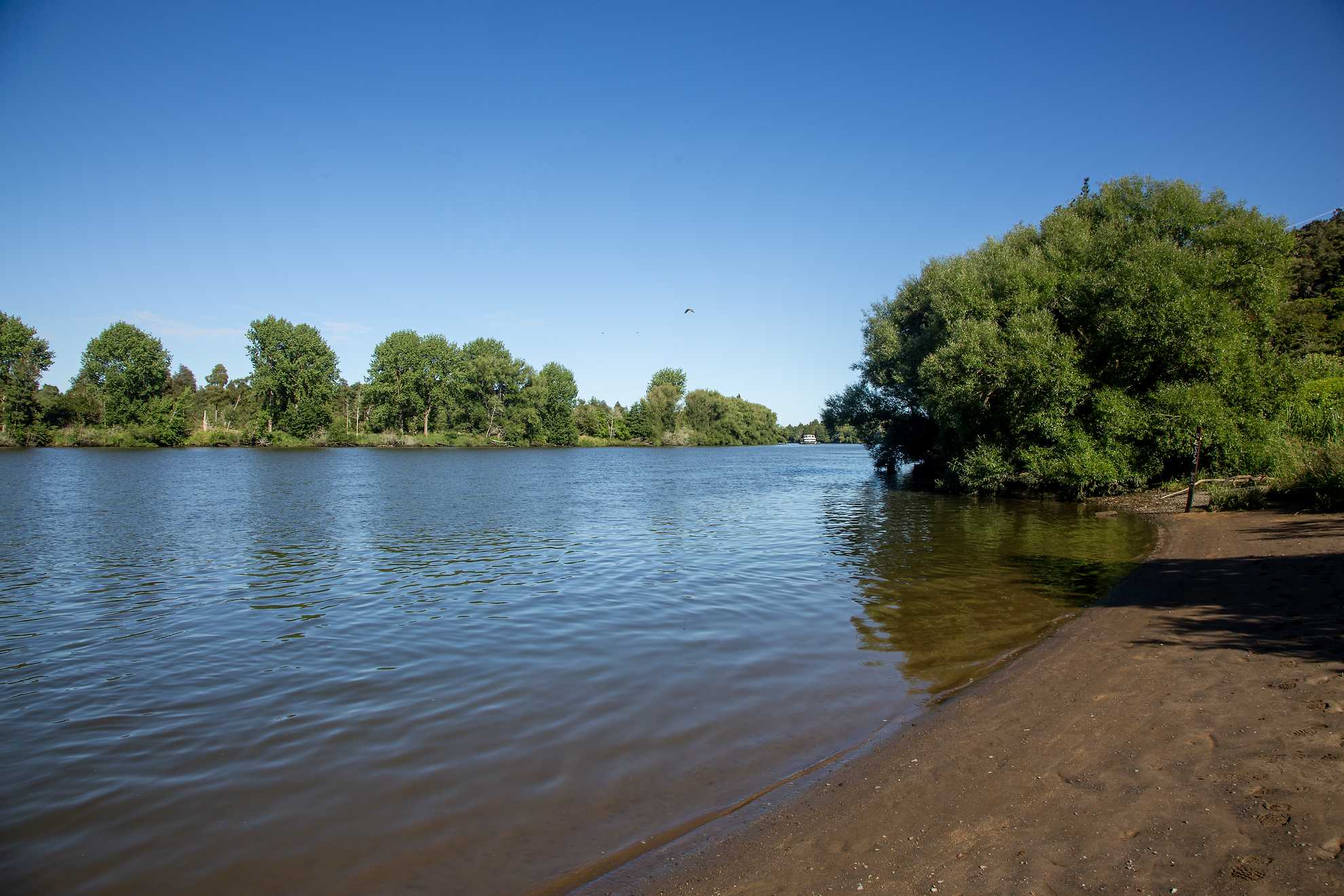Waikato-Tainui Raupatu Claims (Waikato River) Settlement Act
Regulation of the Waikato River is now influenced by the Waikato-Tainui Raupatu Claims (Waikato River) Settlement Act 2010 (“the Settlement Act”). The Settlement Act will work in conjunction with the RMA and a number of other statutes, to provide direction for planning documents created under the RMA to protect the health and wellbeing of the Waikato River for future generations. The Settlement Act addresses a number of issues related to the Waikato River such as, redress for certain assets, the regulation of customary activities, and the management of the Waikato River. The Settlement Act utilises key initiatives to manage the Waikato River, and these initiatives are covered below.

The Waikato River Authority
The Settlement Act establishes the Waikato River Authority (the Authority) which will set the primary direction for the Waikato River through a "vision and strategy" to protect the health and wellbeing of the Waikato River for future generations. The Authority will be the single co-governance entity responsible for the Waikato River. It will consist of 10 members appointed by the Waikato River Clean-Up Trust (“the Trust”), iwi, and the Minister for the Environment in consultation with relevant Ministers. The functions that the Authority will perform are:
- advising on giving effect to the vision and strategy;
- acting as trustee of the Trust;
- carrying out monitoring and reporting;
- periodically reviewing the vision and strategy;
- requesting call-ins under the RMA; and
- appointing iwi commissioners to river-related resource consent hearings.
The Vision and Strategy
The vision and strategy is found in the Second Schedule to the Settlement Act and it is deemed to be part of the Waikato RPS. The vision and strategy was inserted into the Policy Statement without using the process in Schedule 1 of the RMA. Waikato Regional Council is currently undertaking a review of its RPS which will ensure consistency between the RPS and the vision and strategy. Section 11(4) of the Settlement Act provides that if there are any inconsistencies prior to the review being finalised, the vision and strategy will prevail.
Section 18 of the Settlement Act requires that within 3 months of the settlement date, the Authority must begin a review for the purpose of considering whether targets and methods should be developed for inclusion in the vision and strategy. These are now included in the vision and strategy.
Local authorities that come within the catchment of the Waikato River must review their Regional or District Plans to initiate changes to ensure consistency between plans and the vision and strategy. The vision and strategy will prevail over any national policy statements that affect the Waikato River, as well as the New Zealand Coastal Policy Statement. In addition, if the vision and strategy is more stringent than National Environmental Standards or Water Conservation Orders it will also prevail.
The Waikato River Clean Up Trust
The Settlement Act establishes the Trust which has the objective to restore and protect the health and wellbeing of the Waikato River for future generations. The Trust will administer a contestable fund for projects and initiatives that will contribute to the restoration and protection of the health and wellbeing of the Waikato River. The Crown has stated that it is contributing $210 million to this fund which will be paid over 30 years. Provision has also been made for others to be able to contribute to the fund. The Authority is the Trust's sole Trustee.
The Trust will also have the discretion to prepare a Waikato-Tainui Environmental Plan (Environmental Plan). If the Trust decides to prepare an Environmental Plan, it will be prepared in consultation with Waikato-Tainui marae, and will be served on the Director General of Conservation, the chief executive of the Ministry of Fisheries, relevant local authorities and any other relevant agency. The Environmental Plan must be recognised in the same manner required under the RMA as any other planning document recognised by an iwi authority when Council is reviewing or changing a planning document under the RMA. The Environmental Plan must also be had regard to when a consent authority considers an application for resource consent under section 104 of the RMA.
Joint management agreements and Integrated River Management Plans
Joint management agreements will be entered into between each local authority and the Trust, and the agreements must provide for the local authority and the Trust to work together to (in relation to the vision and strategy):
- set monitoring priorities, reviewing results, and identifying responses;
- prepare, review, change, or vary a RMA planning document; and
- exercise duties, functions, or powers under Part 6 of the RMA in relation to applications for resource consents affecting the Waikato River.
An Integrated River Management Plan will be developed between the Trust, iwi, local authorities, and relevant departments and agencies to manage aquatic life, habitats and natural resources within the Waikato River. The Integrated River Management Plan will consist of at least three components, and each component will be required to be jointly approved by both the Trust and the relevant Minister in charge of each portfolio or Council. The components are conservation, fisheries, and regional council. Any other components of an Integrated River Management Plan must be jointly approved by the Trust and the agency that agreed on it.
Conclusion
The Settlement Act provides for a single co-governance entity to set the agenda for the health and wellbeing of the Waikato River for future generations. The vision and strategy sets the platform for greater management of the Waikato River. Joint Agreements between the Trust and each local authority should clearly set out the scope of relations and responsibility between the Trust and local authorities, which will hopefully result in consistency to enable a "whole river approach" to management of the Waikato River. Although more planning documents will be created in relation to the regulation of the Waikato River, the vision and strategy will provide the overarching direction.
Last updated at 4:58PM on February 5, 2025